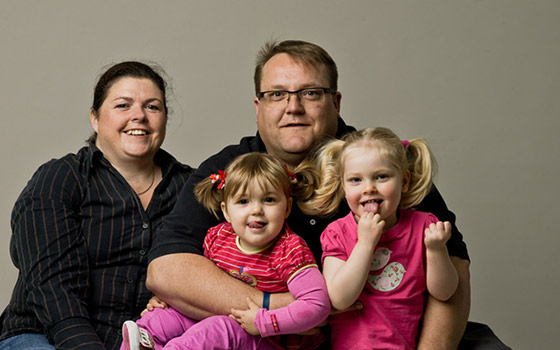Search
Research
Sleep problems in Rett syndromeSleep problems are thought to occur commonly in Rett syndrome, but there has been little research on prevalence or natural history.
Research
Delineation of large deletions of the MECP2 gene in Rett syndrome patients, including a familial case with a male probandComprehensive genetic screening programs have led to the identification of pathogenic methyl-CpG-binding protein 2 (MECP2) mutations...
Research
The association between behaviour and genotype in Rett Syndrome using the Australian Rett Syndrome DatabaseThis study compared the behavior profile of cases in the Australian Rett Syndrome Database (ARSD) with those in a British study using the Rett Syndrome...

While individual diseases are rare, as a group, rare diseases are common. Recent estimates suggest that between 3% and 6% of the world’s population are affected by rare disease.
Research
Oral health experiences of individuals with Rett syndrome: A retrospective studySocial advantage may provide some protection for dental health in individuals with Rett syndrome
Research
Impact of Gastrostomy Placement on Nutritional Status, Physical Health, and Parental Well-Being of Females with Rett SyndromeGastrostomy placement was associated with improvement in BMI in females with Rett syndrome, but its long-term impact on individuals and their families is unclear
Research
Sleep disturbances in Rett syndrome: Impact and management including use of sleep hygiene practicesAttention to sleep hygiene remains an important management strategy for sleep problems in Rett syndrome
Research
An exploration of the use of eye gaze and gestures in females with rett syndromeEye gaze is used more frequently than gestures for communication, and this is related to age, MECP2 mutation type, and gross motor abilities
Research
Environmental enrichment intervention for Rett syndrome: An individually randomised stepped wedge trialWe investigated the effects of environmental enrichment on gross motor skills and blood BDNF levels in girls with Rett syndrome.
Research
Family satisfaction following spinal fusion in Rett syndromeFamilies participating in the population-based and longitudinal Australian Rett Syndrome Database whose daughter had undergone spinal fusion provided data on...
